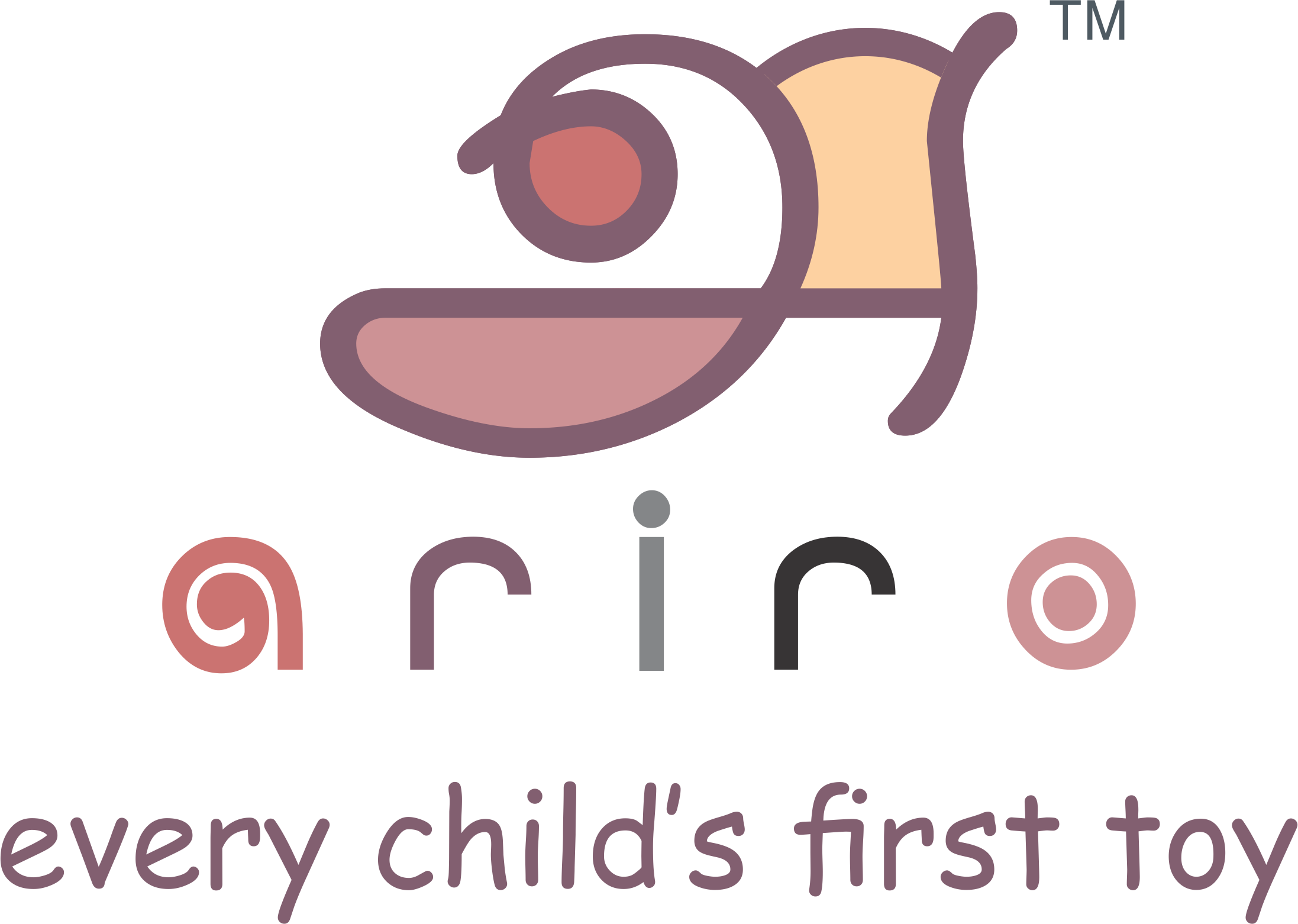
Social media is flooded with all things and all people ‘Montessori’ or ‘Montessori-inspired’ and it is easy to get lost and overwhelmed. Let us understand exactly what makes a toy aligned with the Montessori philosophy.

- Isolation of one concept
The Montessori system believes that children acquire skills best if they are learnt one at a time. If a toy has too many elements – while it may appear like it would keep the child busy, it actually confuses the child who may not understand the true purpose of it. This often leads to misuse of the toy. For example – if a toy that is designed for learning how to open and close different types of locks and latches also has random knobs and gears to move just to keep the child ‘busy’, the child may just move everything in tandem without purpose and not learn anything from the experience.
- Passive
The more active the toy, the more passive the child and the more passive the toy, the more active the child. Montessori toys don’t do anything on their own – the child is required to use his hands to manipulate them aiding his fine motor, gross motor and cognitive skills to develop. If the toy emits lights, noises and moves on its own – then the child becomes a passive observer and does not use any physical or cognitive abilities at all.
- Natural and real over ‘pretend’ and ‘plastic’
Children between the ages of 0 to 6 years are beginning to understand the world they have been born into and benefit the most from real-life experiences over 'pretend' toys. A child who is given a child-safe knife to cut real bananas and eat them gets richer sensorial feedback and learning over one who cuts plastic fruits joined by Velcro. Using real materials helps the child understand the texture, smell, taste and consistency – something that plastic can never provide.

- Simple
The ideal toys for children under the age of 6 are those that are deceptively simple. For example, the Imbucare Box which supports object permanence just consists of a wooden box with slots on top into which the child can drop different kinds of shapes. While they may appear too easy for us, it supports the developmental stage that the child is going through (object permanence) and offers an optimum challenge. A toy that has too many elements or that is too complex might appear interesting to us but might frustrate the child and lower their self-esteem.
- Open-ended
The toy must invite the child to explore it in many ways (without hurting themselves or others and without damaging the toy). If a toy can only be used in one way, then it leaves no space for the child to use their creativity and imagination. Invest in toys that can be used in many different ways and combined with other toys as well.

- Self – correcting
The toy must be designed in a way that it gives the child feedback on if they have completed the activity or not. For example, there must be only one way that each puzzle piece fits into its slot, so the child knows if they are on the right track without depending on the adult for correction.








